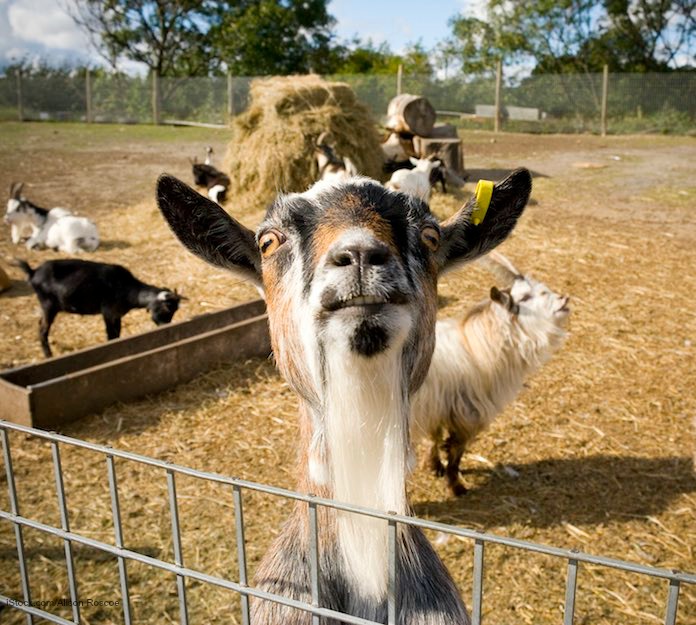The E. coli outbreak that may be associated with the Washington County Fair in Oregon raises questions about the safety of county and state fairs. At least two people are sick in that outbreak. There have been several serious outbreaks linked to those types of events in the past few years.

The current outbreak in Oregon may or may not be related to the fair, but public health officials are looking at livestock exhibits at that event. Ruminant animals, such as cows and goats, can harbor E. coli bacteria in their intestines. Those animals will not get sick because they lack the gene for the disease to develop.
But those animals shed the pathogenic bacteria in their feces. The bacteria can then get onto the animal’s udders, onto their hooves, and onto their coats. When people drink raw milk or pet these animals, or come into contact with them in any way, they can contract the bacteria and get sick.
Petting zoos at fairs have been the source of large E. coli outbreaks. The E. coli outbreak at the Cleveland County Fair in North Carolina in 2012 is the largest recent outbreak. There were 106 people sickened in that outbreak. Sixty-four of those were children. Twelve patients were hospitalized, and one person died. That outbreak was linked to a petting zoo at the fair. Heavy rains caused runoff that contaminated the area around the exhibit. After that outbreak, Cleveland County Fair officials decided to end the petting zoo exhibit.
An E. coli outbreak in 2015 at the Oxford County Fair in Maine sickened two young boys. Both of those little children developed HUS, and one 20-month-old child died. The children visited the Oxford County Fair in Maine before they got sick. Hand sanitizers at the fair were empty.
Also last year, an E. coli outbreak that may have been linked to the Red River Valley Fair in North Dakota sickened at least five children. Four of those children were hospitalized because their illnesses were so serious.
And in 2014, an E. coli outbreak in Minnesota was linked to the Zerebko At least 12 people were sickened in that outbreak. The zoo was at the Rice County fair, the Olmstead County fair in Rochester, the Polk County fair, and Nashwauk’s 4th of July festival.
But petting zoos are not the only source of outbreaks. Animal exhibits at fairs and school events, which are very popular for kids, can be the source of E. coli bacteria.
An E. coli outbreak at the Milk Maker’s Fest in Whatcom, County, Washington sickened 25 people. Animal exhibits were part of the three-day event. Ten people were hospitalized in that outbreak, including four people who developed hemolytic uremic syndrome (HUS). That event was held at the Northwest Fairgrounds in Lynden. More than 1,000 primary school children attended that event.
The symptoms of an E. coli infection include severe abdominal cramps, mild fever, nausea, vomiting, and diarrhea that may be watery and/or bloody. The bacteria produces Shiga toxins that destroy red blood cells. Those cells can travel through the bloodstream to the kidneys, where they clog blood vessels in those organs.
The serious complication of an E. coli infection, HUS, can lead to kidney failure, strokes, and death. The symptoms of HUS include lethargy, little or no urine output, loss of pink color in the cheeks and eyelids, easy bruising, a skin rash, and bleeding from the nose or mouth.
If you or anyone in your family attended a fair or petting zoo and has experienced these symptoms, they should be taken to a doctor immediately. Improper treatment of an E. coli infection increases the odds of developing HUS.




